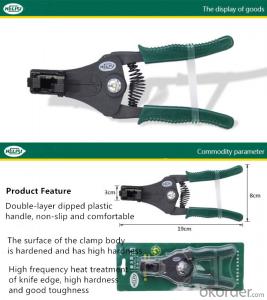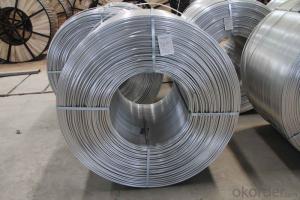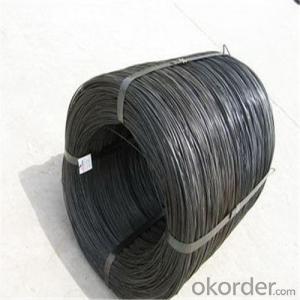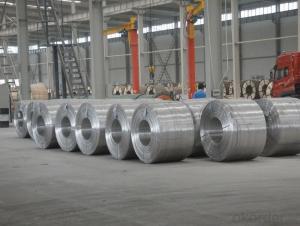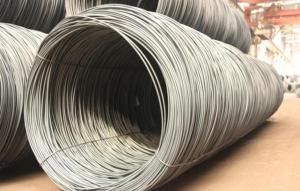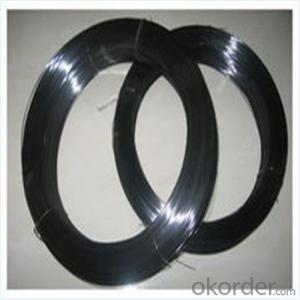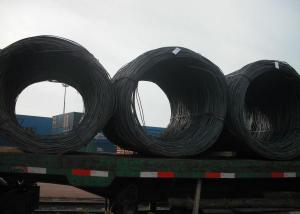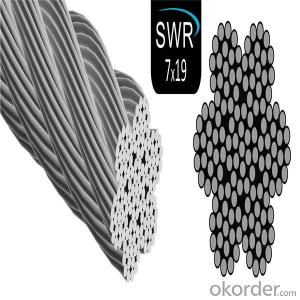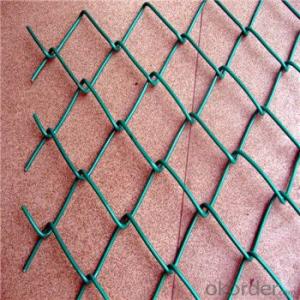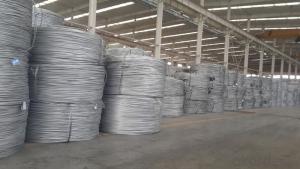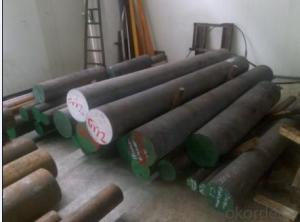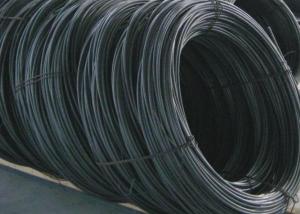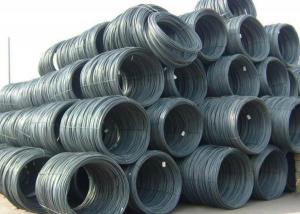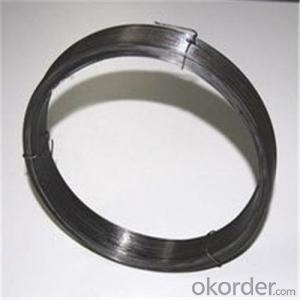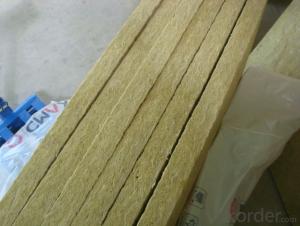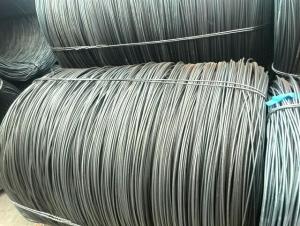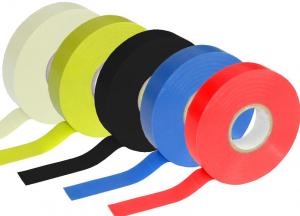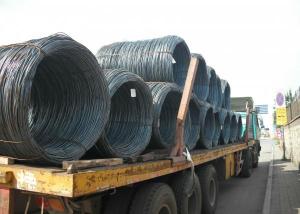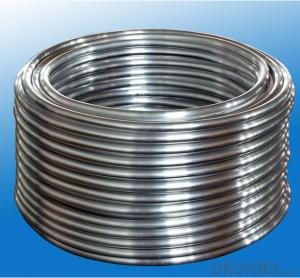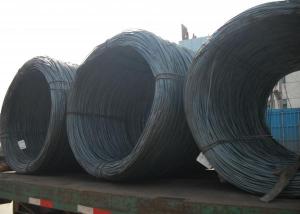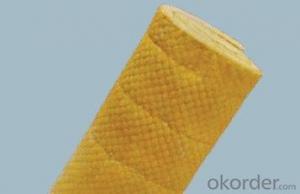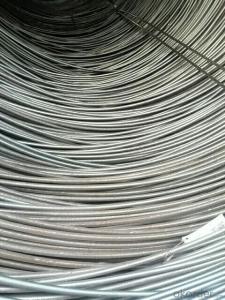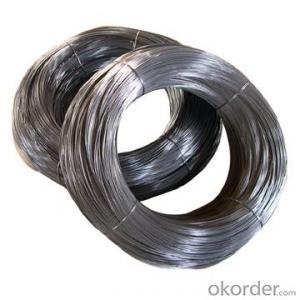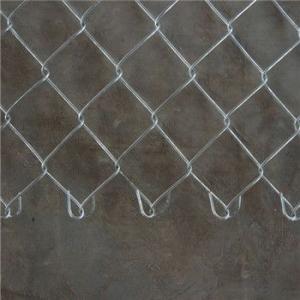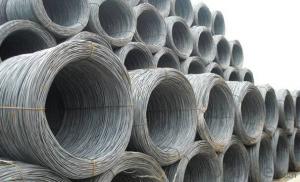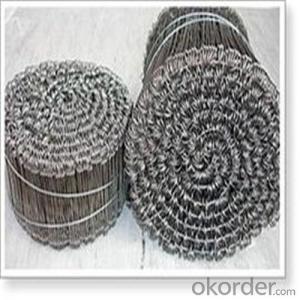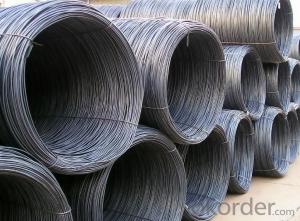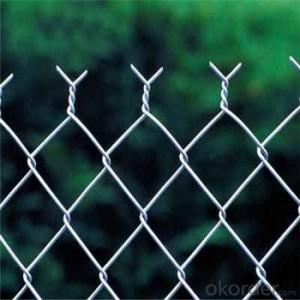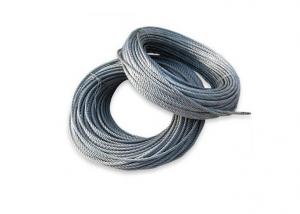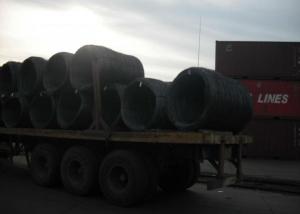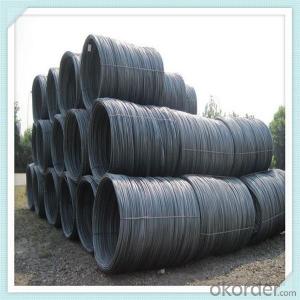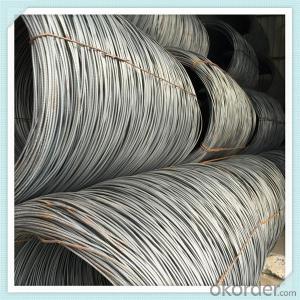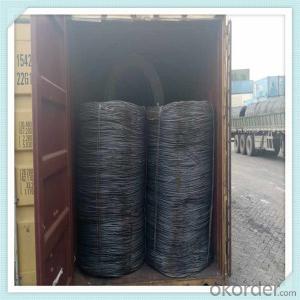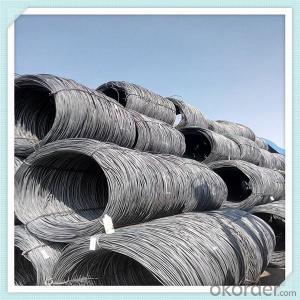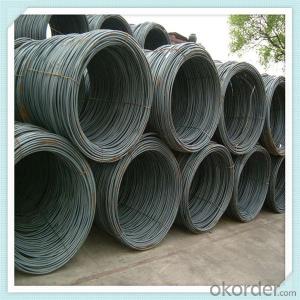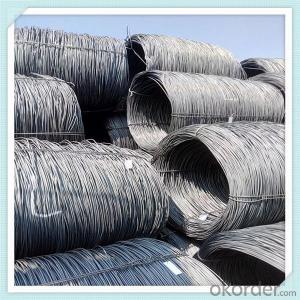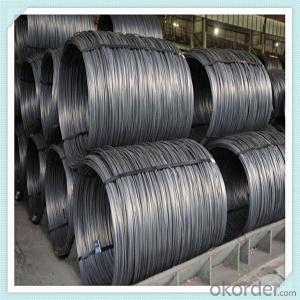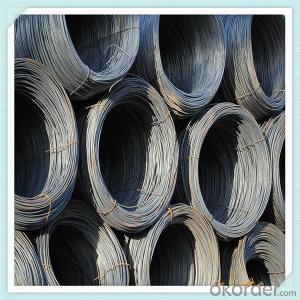Chq Wire Rod
Chq Wire Rod Related Searches
Spotlights On Wire Track Chq Wire Rod Blasting Wire Self Book Binding Redi RodHot Searches
Iphone Data Cable Price In India China Cutting Aluminum Plate Upvc Roofing Sheet Manufacturer In India Aluminum Wire Price Scaffolding Manufacturer In Mumbai 3 Awg Wire Price Cost Of Electrical Wire Per Foot 100 Amp Cable Price Aluminium Wire Mesh Manufacturers India Brass Cable Glands Price List Wholesale Cutting Aluminum Plate Data Cable Price Flipkart Otg Cable Price Flipkart Home Depot Electrical Wire Prices Watch The Wire Online Season 4 Clothes Washing Machine Sales Curd Maker Machine Buy Online Frozen Yogurt Machine Cost Buy Machine Screws Watch The Wire Free OnlineChq Wire Rod Supplier & Manufacturer from China
Okorder.com is a professional Chq Wire Rod supplier & manufacturer, offers integrated one-stop services including real-time quoting and online cargo tracking. We are funded by CNBM Group, a Fortune 500 enterprise and the largest Chq Wire Rod firm in China.Hot Products
FAQ
- Changes in trade policies can have a significant impact on the steel wire rod market. Trade policies, such as tariffs or import/export restrictions, can affect the supply and demand dynamics of steel wire rods. If a country imposes tariffs on imported steel wire rods, it can lead to a decrease in imports and an increase in domestic production. This can result in higher prices for steel wire rods within the domestic market. Conversely, if trade policies are liberalized, allowing for easier import and export of steel wire rods, it can increase competition and potentially lower prices. Therefore, changes in trade policies can influence the competitiveness and profitability of companies in the steel wire rod market.
- There are various factors that can influence the selection of packaging materials for steel wire rods. Some of the main factors include: 1. Product characteristics: The size, shape, weight, and fragility of the wire rods are important considerations when choosing packaging materials. For example, if the wire rod is heavy or has sharp edges, stronger packaging materials like steel crates or wooden pallets may be required for safe transportation. 2. Transportation and handling requirements: The mode of transportation, distance, and handling conditions also impact the choice of packaging materials. If the wire rods are being transported over long distances or through rough terrain, more durable and robust packaging materials may be necessary to protect the product from damage. 3. Environmental factors: Environmental conditions, such as temperature, humidity, and exposure to moisture or corrosive substances, can affect the selection of packaging materials. If the wire rods are stored or transported in humid environments, moisture-resistant packaging materials like plastic or coated materials may be preferred. 4. Cost-effectiveness: The cost of packaging materials is an important factor to consider. Companies must assess the cost-effectiveness of different packaging options, taking into account factors such as material cost, durability, and the potential for reuse or recycling. Striking a balance between cost and the necessary level of protection is crucial for profitability. 5. Regulatory compliance: Compliance with industry regulations and standards is essential when choosing packaging materials. Certain industries or regions may have specific requirements, such as fire-resistant properties or eco-friendly materials. Adhering to these regulations is necessary for legal and ethical reasons. 6. Customer expectations: Customer preferences and expectations also influence the choice of packaging materials. For instance, if customers value sustainability and eco-friendly packaging, companies may opt for recyclable or biodegradable materials to align with their customers' values. In conclusion, selecting the appropriate packaging materials for steel wire rods involves considering factors such as product characteristics, transportation requirements, environmental factors, cost-effectiveness, regulatory compliance, and customer expectations. Companies must carefully evaluate these factors to ensure safe transportation and delivery of the wire rods while meeting customer demands and regulatory requirements.
- The ductility of steel wire rod can vary with different wire drawing processes. Generally, the wire drawing process involves pulling the wire rod through a series of dies to reduce its diameter. This process can increase the length of the wire rod while reducing its cross-sectional area. The ductility of the steel wire rod can be affected by several factors during the wire drawing process, such as the number of drawing passes, the speed of the drawing process, and the temperature at which it is performed. In certain cases, an increased number of drawing passes can lead to enhanced ductility as it allows for a more uniform reduction in diameter and a better alignment of the crystal structure. However, excessive drawing passes can also lead to work hardening and reduce the overall ductility of the wire rod. The speed of the wire drawing process can also impact ductility. Higher drawing speeds can result in increased strain rates, which can affect the mechanical properties of the wire rod. Slower drawing speeds, on the other hand, can allow for more controlled deformation and improved ductility. Additionally, the temperature at which the wire drawing is performed can influence ductility. Higher temperatures can enhance the ductility of the steel wire rod by reducing the strain hardening effect. However, excessive temperatures can also lead to undesirable grain growth and decrease the strength of the wire rod. Overall, the ductility of steel wire rod can vary with different wire drawing processes, and it is essential to optimize the drawing parameters to achieve the desired mechanical properties.
- Steel wire rods can undergo various heat treatments, each serving a specific purpose and aiming for desired outcomes. The treatments available include: 1. Annealing: By heating the steel wire rods to a specific temperature and gradually cooling them, internal stresses are relieved, enhancing their ductility and toughness. 2. Normalizing: Similar to annealing, normalizing involves heating the steel wire rods to a specific temperature and cooling them in still air. This treatment refines the grain structure, resulting in a more uniform steel with improved mechanical properties. 3. Quenching and tempering: This two-step process entails heating the steel wire rods to a high temperature and rapidly cooling them in a quenching medium like water or oil. It hardens the rods, making them stronger and more resistant to wear and deformation. After quenching, reheating at a lower temperature reduces brittleness and enhances toughness. 4. Stress relieving: By heating the steel wire rods to a specific temperature and gradually cooling them, residual stresses from the manufacturing process are eliminated. This treatment prevents distortion and cracking in the rods. 5. Martempering: A variation of quenching and tempering, martempering involves controlled quenching of the steel wire rods to a temperature just above the martensite start temperature. They are then held at that temperature until internal temperature is uniform. This process creates a more uniform microstructure, minimizing the risk of distortion or cracking. 6. Austempering: This treatment includes quenching the steel wire rods to a temperature just above the martensite start temperature and holding them at that temperature until the austenite transforms into bainite. Austempering provides a combination of high strength and good toughness, making it suitable for applications requiring both properties. These represent some of the commonly employed heat treatments for steel wire rods. The choice of treatment depends on the desired properties and performance requirements of the end product.
- Steel wire rod is an essential component in the manufacturing of wire forms for musical instruments. It serves as the base material for creating various wire shapes, such as springs, hooks, and braces, which are crucial for holding instrument parts together or providing tension. The high-quality and strength of steel wire rod ensure durability and reliability in these wire forms, enabling musicians to produce precise and harmonious sounds from their instruments.
- Steel wire rod is a vital component in the manufacturing process of wire for electrical circuitry. It serves as the raw material that undergoes various treatments and processes to ultimately become the wire used in electrical circuits. The first step in utilizing steel wire rod is to subject it to a series of mechanical and chemical treatments. This includes processes such as heating, cooling, and drawing, which are aimed at enhancing its strength, flexibility, and conductivity. These treatments ensure that the wire will be able to withstand the electrical current flowing through it without breaking or losing its shape. Once the steel wire rod has been properly treated, it is then shaped into the desired form. This can involve further drawing, twisting, or braiding to achieve the necessary dimensions and characteristics required for electrical circuitry. The wire is often sized to specific diameters and coated with insulating materials, such as enamel or plastic, to prevent short circuits and protect it from external influences. The manufactured wire is then used in various applications within electrical circuitry. It can be employed in the production of electrical cables, where it serves as the conductor that carries the electrical current from one point to another. Additionally, the wire is also used in the construction of transformers, motors, generators, and other electrical equipment. The use of steel wire rod in the manufacturing of wire for electrical circuitry is crucial due to its excellent conductivity, strength, and durability. It ensures the safe and efficient transmission of electricity, while also withstanding the mechanical stress and environmental conditions it may encounter during its use.
- The chemical composition of steel wire rod greatly affects its properties. The proportions of various elements in the steel, such as carbon, manganese, and phosphorus, determine its strength, ductility, and corrosion resistance. Higher carbon content results in increased strength but reduced ductility. Manganese improves strength and hardness, while phosphorus enhances machinability. Additionally, the presence of impurities can weaken the steel and make it more prone to corrosion. Therefore, controlling the chemical composition of steel wire rod is crucial to achieving desired properties for specific applications.
- Various industries commonly use several different methods to treat the surface of steel wire rods. These methods aim to improve the wire rods' properties, durability, and longevity. Some of the most frequently used surface treatment methods for steel wire rods include: 1. Pickling: In this method, the steel wire rods are immersed in an acid solution, usually hydrochloric or sulfuric acid. This process eliminates scale, rust, and other impurities from the surface, enhancing the wire rods' appearance and cleanliness. 2. Coating: Another popular surface treatment method is applying a protective layer to the steel wire rods. This can be achieved through processes like galvanizing, which coats the wire rods with a layer of zinc to prevent corrosion and increase resistance to wear and tear. Other coating methods include epoxy, polymer, or ceramic coatings, offering additional protection against environmental factors. 3. Heat treatment: Heat treatment involves subjecting the steel wire rods to controlled heating and cooling cycles to modify their microstructure and enhance mechanical properties. This treatment method includes processes like annealing, normalizing, or quenching and tempering, which improve the wire rods' strength, hardness, and ductility. 4. Surface passivation: Passivation is a chemical process that eliminates free iron and other contaminants from the surface of the steel wire rods. This method promotes the formation of a passive oxide layer, acting as a protective barrier against corrosion. 5. Shot peening: Shot peening is a mechanical surface treatment method where small spherical particles, known as shot, are bombarded onto the steel wire rods at high velocities. This process induces compressive stresses in the surface layer of the wire rods, enhancing their fatigue strength and resistance to stress corrosion cracking. In conclusion, these various surface treatment methods for steel wire rods are essential for improving their performance, durability, and resistance to environmental factors. The choice of treatment method depends on the specific requirements of the industry and the intended application of the wire rods.
